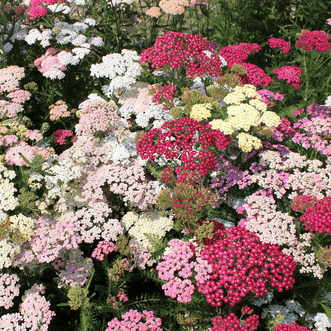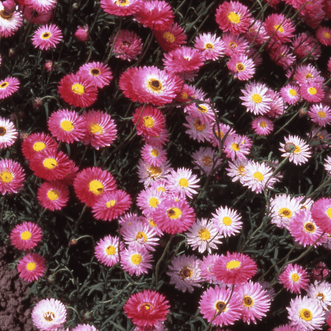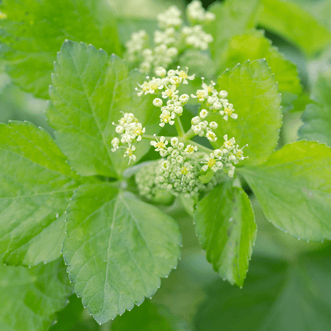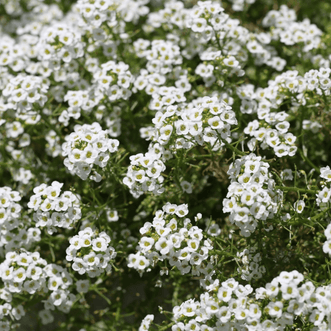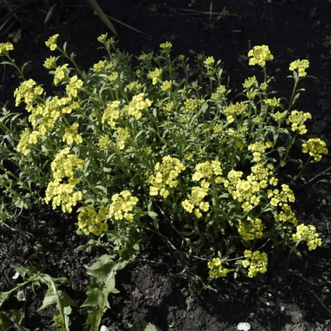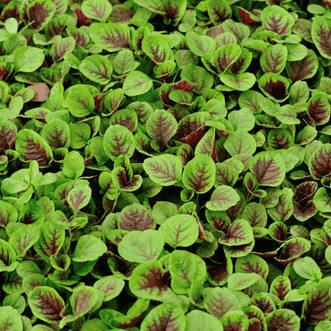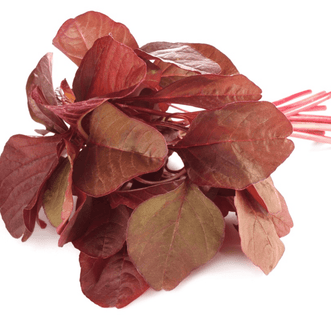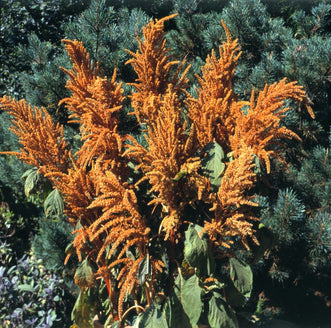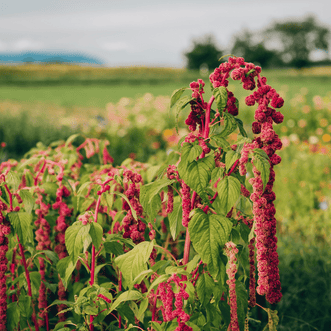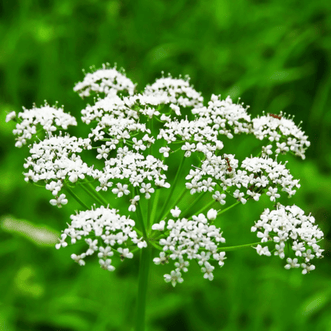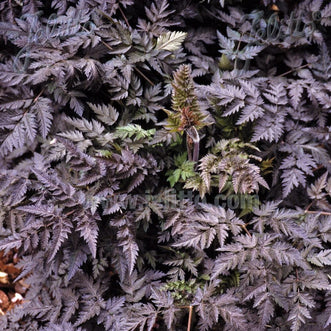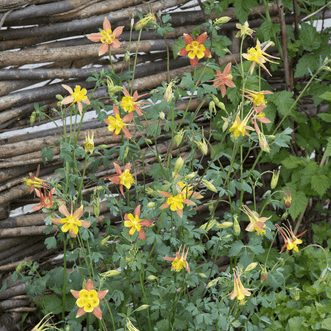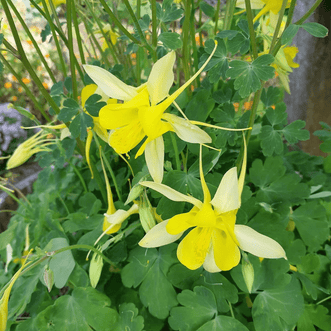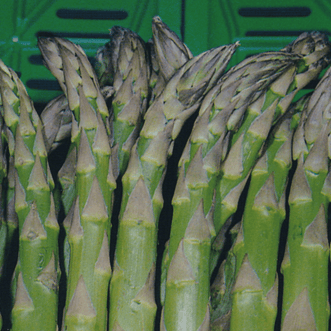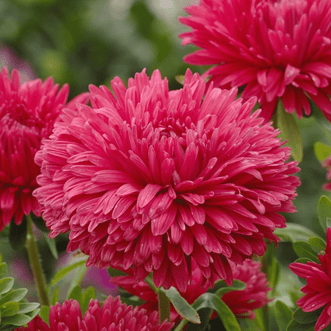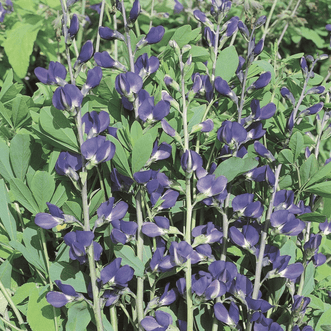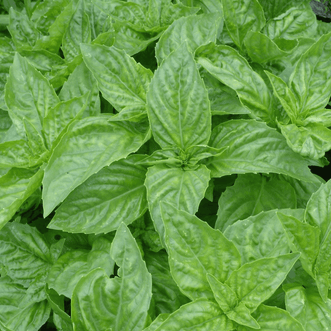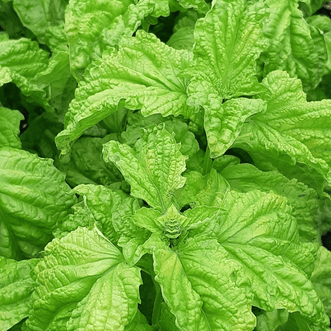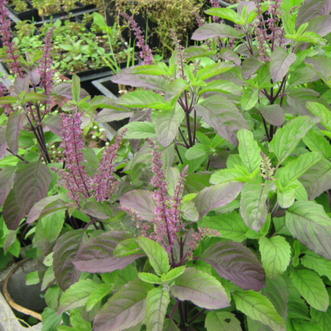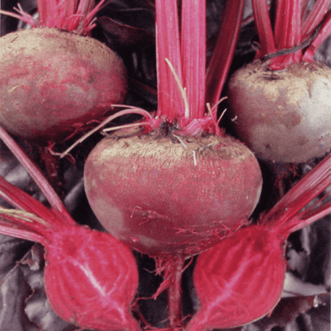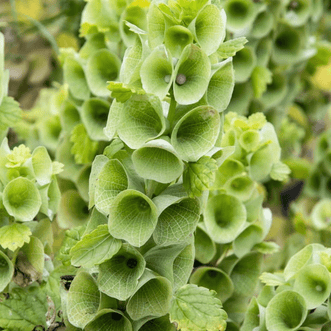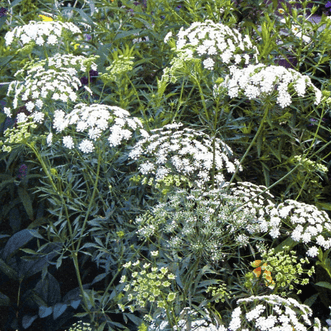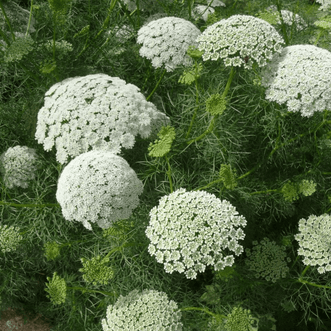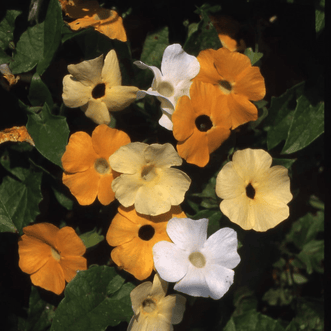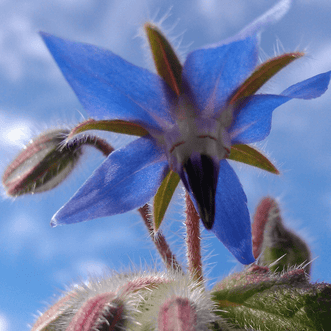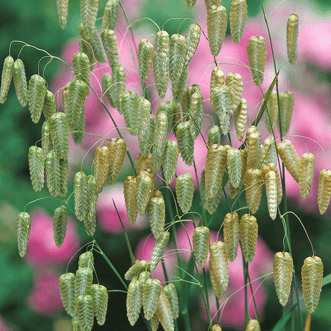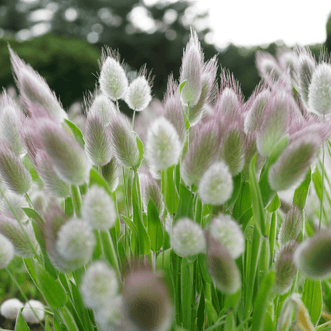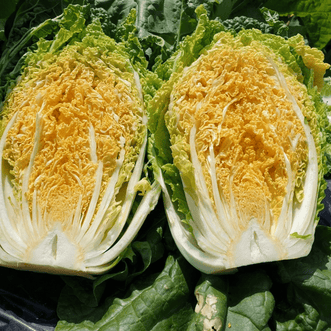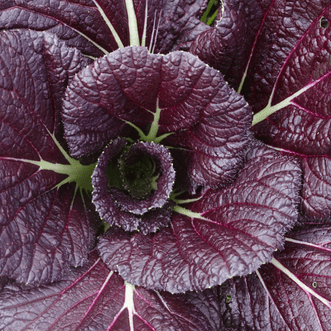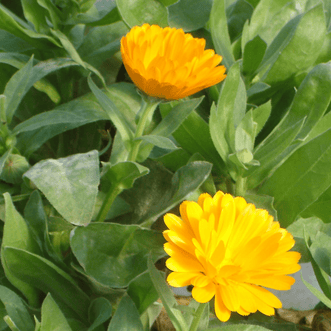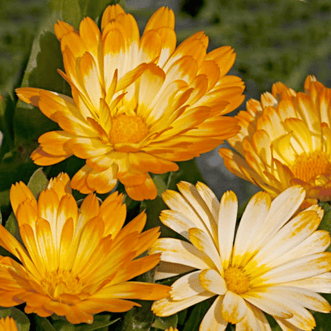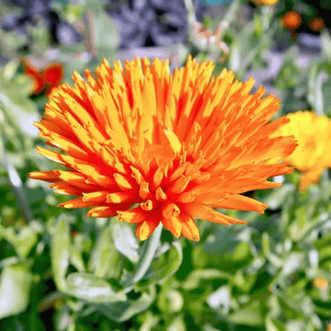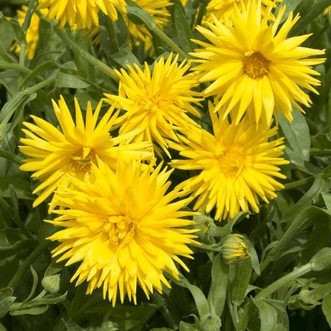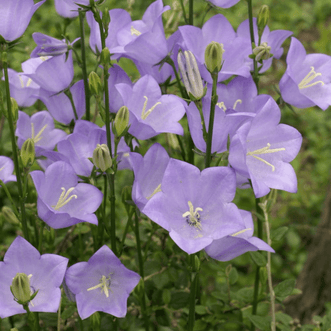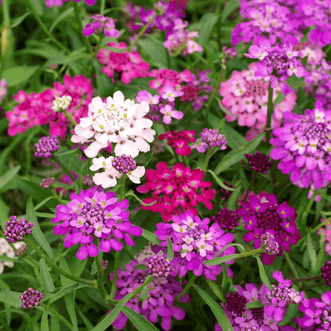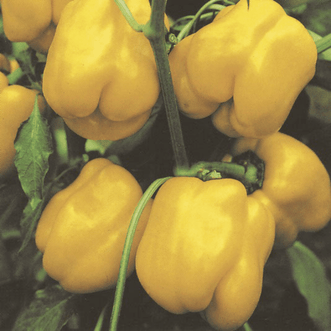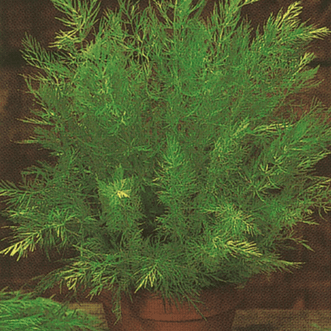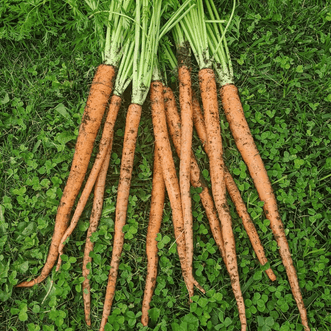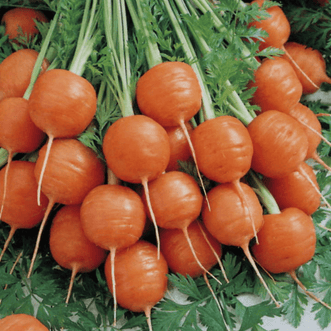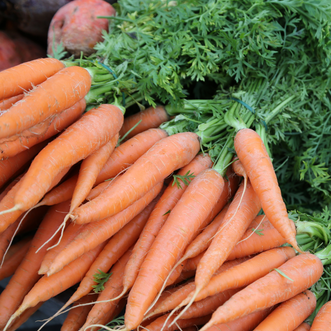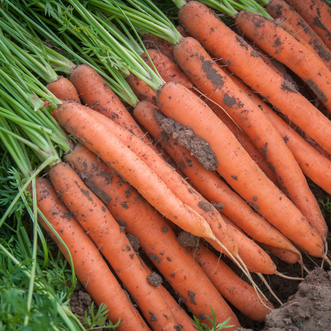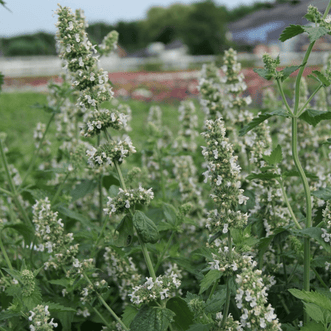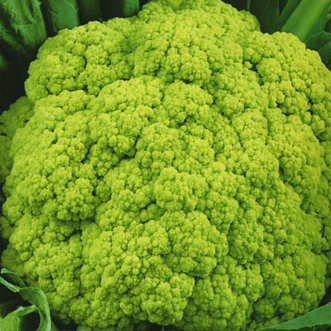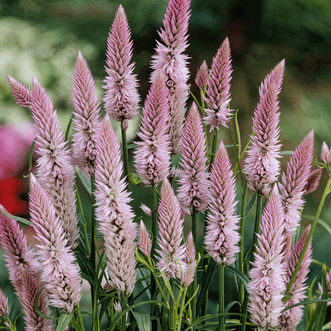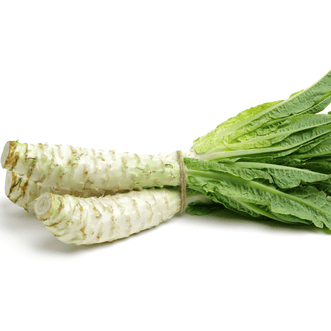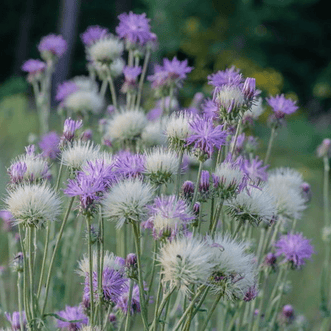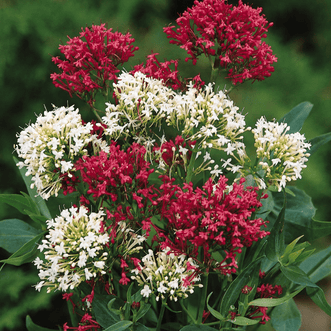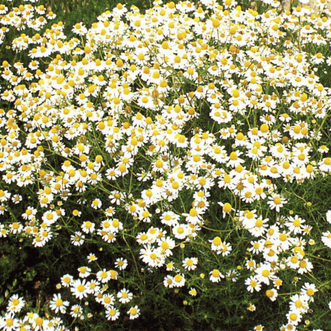
Refreshing your garden this "summer"... Kings Seeds Blog
Gerard
Let's be honest! At this stage, this summer, for most parts of the country, is definitely not one that will be remembered fondly. Late frosts in the Waikato, rain that never seems to end, windy days that keep on blowing. A growing season sent to challenge us all...
Here in Katikati, we’ve had mixed results. This year, I gave my crop of Glass Gem corn a bit more room between plants and it's rewarded me by multi-tillering, sure to yield a heavy crop of multiple cobs. Bean Lazy Housewife was planted early in our relatively frost free garden and the mature pods are already turning golden brown so their seed harvest isn’t too far off. The first crop of Cucumbers was quickly devoured in summer salads and by children needing an easy snack. If you have resistance from children about eating their vegetables at dinnertime, try them on an entrée of raw carrot sticks, slices of cucumber and cherry tomatoes. They’ll easily reach their 5+ a Day, fuss-free.

Our many varieties of tomatoes, strategically isolated from each other, are coming along nicely, although I’m concerned about mildews creeping into the crops after all the recent rain.
In the edible gardens, our first patch of Coriander ran to seed back in November, the second sowing is nice and bushy and a later sowing is planned for a fortnight's time to give some continuity. Along with Dill, it’s a herb you need to sow frequently and harvest often if you want to enjoy them for a longer period of time. The early Cosmos and Calendula all went to seed before Christmas and now, self-sown seedlings are emerging everywhere, not all in desired spots, proving that a weed is really just a plant in the wrong place.

There’s still another 4 months of good warm growing weather to come in most places, ample time to get another rotation of crops though your garden. Most annual flowers will bloom in 70 to 90 days from sowing and many vegetables are also capable of this, so get stuck in! Sow more Antirrhinum, Cornflower, Stock, Sunflower, Bishops Flower, Marigold, Viola, Phacelia, Livingstone Daisy, Sinuata Statice and Lobelia. Your resident beneficial insects and bees will thank you for it. They can do with fresh pollen and nectar going into the autumn months. Many perennial flowers like Aquilegia, Penstemon and Echinacea do better the second year so this is an ideal time to establish crowns to flower next year. Beetroot, Cucumber, Lettuce, Florence Fennel, Carrot, Parsnip, Silverbeet, Leek and Spring Onion can all be re-sown now. I would even sow some new Tomatoes in warmer and coastal parts of the country where early frosts aren’t an issue - they’ll ripen in 100 days from sowing and can handle cooler nights once mature. Sow more Basil, Parsley and Coriander to maintain a continuous harvest, any excess leaves can be used to make pesto!

Make sure your soil is well mulched and fertile so it copes with dry days better (whenever they may arrive) and don’t forget to rotate where you grow your next crops. The soil will stay healthier if you don’t have the same species in the same spot every time. February and March usually see the explosion of White Butterfly numbers which can be very frustrating if you have brassica crops like Cabbage, Cauliflower or Broccoli. Why not invest in some row covers to limit their damage?
Even if you don’t want to sow a second round of produce and instead of leaving it fallow, why not consider putting in a green manure crop and digging it in just prior to it flowering.
Green manure crops can add much needed humus to the soil, especially blends like the Legume Mix, which will draw Nitrogen out of the atmosphere and make it available in the soil in a user-friendly manner. They also break up soil pans to improve drainage and create aerated pathways for soil borne insects and beneficial fungi to move more freely through.

Why not cultivate some new ground and sow wildflowers to enjoy in the early autumn months.
Best results will be had by working the ground to a fine tilth, allowing the weed seeds present to germinate then spraying them off at a seedling stage before sowing your wildflower seed and lightly covering it. Sowing onto hard compacted soil where existing species like grasses are thriving will limit your success.

To end on a positive note, rainy days that keep you out of the garden are the perfect time to check on your gardening tools and appliances, repairing and replacing those items that have done their dash. Garden hoses seem to kink and perish more as they get more brittle and there’s often a spade or rake handle that can't take any more tape. Give your propagation area a tidy up, check under the bench for any resident snails, give your trays and pots a bit of hygiene therapy and spoil yourself with a fresh bag of seed raising mix.

